Welcome to Korea: desolate shops and sewer smell
It was Sunday morning around 8:30 when I left the ferry terminal and began to walk to my hostel, the Apple Guesthouse. The route from the ferry terminal to the hostel runs along a subway line, but I had no won and I like to walk, so I walked there. I walked in the underground malls that surround the stations, much as they do in Japan, but the contrast with Japanese subway malls was striking. Japanese subway malls are always brightly-lit, busy, and the stores are typically convenience stores, food stores (bath takeaway and with seating) and the odd boutique. In contrast, these Busan subway malls were dead. Stores were shuttered, and there were lots of stores that looked like they were selling discount clothing and cheap shoes. In Japan I think these locations are high-rent and demand high turnover. In Busan, they looked like the stores you see in ghost malls, and in all honesty the effect was almost communist, as though these shops were propagandistic proof that Korea could achieve the same things as Japan. It was very weird.Apple Guesthouse was brand new when I visited, and it had accent walls painted in an attractive apple green colour. The rooms were a little small, but everything was nice, they had a couple of laptops that guests could use, and the location was great. The toilets gave me a bit of pause, however, as there was a persistent sewer smell in one of them, exacerbated by a steel access door in the wall that wouldn't close properly and which seemed to be the source of the smell.
I soon learned that sewer smell wasn't a hostel problem, and it wasn't an isolated problem. Indeed, you're likely to encounter sewer smell everywhere in Korea. It turns out that they basically have open underground sewers—think of storm sewers that contain actual sewage and not simply runoff water. I began to notice this when I started walking the surface streets, as you notice odoriferous hotspots as you walk around. You then begin to correlate these hotspots with sewer gratings, and then notice that most of these gratings have been covered with heavy rubber mats. These mats are intended to minimize the odor leakage, but they don't do as good a job as one would hope. As a result, sewer smell is persistent throughout Korea.
Korea feels rougher and wilder than Japan. Less inhibited and less refined. Definitely less regulated, both socially and legally. Lots of restaurants near Jagalchi seem to do part of their food prep in the alleys next to and behind their shops, which is definitely not something you would see in Japan.
Jagalchi Fish Market
Koreans love fresh seafood, and they seem to place a greater premium on it being freshly-killed than the Japanese do. One of the most notorious examples of this would be the famous squid-eating scene from the original Korean version of Old Boy:Jagalchi offers a huge variety of live seafood in tanks and tubs, in a fairly compact multi-level market (it's about the size of a football field, and not the sprawling wholesale complex that Tsukiji is). There are restaurant areas with food-court style seating where you can eat your freshly slaughtered food. From a tourist perspective, I think it's much more interesting than Tokyo's Tsukiji fish market, which is more about the massive volumes of limited varieties of largely dead and frozen seafood. Tsukiji gives you a glimpse inside the business of seafood restaurants, while Jagalchi shows you a broad spectrum of seafood and what they look like alive. if you actually wanted to eat seafood, perhaps you might be concerned about the hygiene standards at some of these shops—especially if you were coming from Japan—but it's not something I had to think about.
Outside of the market you can also find stands full of dead fish and seafood. Although I'm sure it is fresh, I would be wary of buying from these stands in the afternoon of a hot summer day.
Mount Geumjeongsan and hiking-crazed Koreans
Koreans like to hike. They also love their sports gear—so much so that brands like The North Face are definite status symbols and there is a strict hierarchy of what jackets are cool. It is crazy enough that there were five North face stores (and not just stores carrying North Face) within a five-minute walk of my hostel. It's crazy. It also means that just about everyone you see hiking in Korea is outfitted in the latest hiking gear, with all sorts of accessories and gizmos.
I decided to hike mount Geumjeongsan, which is within Busan and serviced by a subway that runs along one side of it and a cable-car (or "rope way" as it is sometimes described. that goes up it. If you're going to take the cable car, the best way is to take subway line #1 to Oncheonjang Station, from where it is about a 15 minute walk to the southwest to get to the base station. I suggest you have this mapped out, because it's not easy to find your way and there aren't any signs (though you could probably follow anyone decked out in hiking gear). Lonely Planet's online description and directions are as good as any, though.
The cable car is pretty cheap, at around 4,000 won, and since that path in this area seems to simply be straight up the mountain through trees, I didn't think I would miss anything by taking it.
Once you reach the top, you're essentially on your own. There aren't any maps, and although at the exit from the cable-car there seem to be a few signs pointing out different paths and destinations, these paths fork, criss-cross, and get hopelessly muddled almost immediately. I ended up just wandering around the top of the mountain, taking paths that looked like they might lead to interesting areas. It was a decent plan.
I was wearing my standard attire: jeans and a polo shirt, couple with my messenger-style camera bag. I stuck out like a sore thumb. Everyone else was in hiking boots, pants or shorts and tops in technical fabrics. Some had hiking poles, and everyone had backpacks with water containers on the side. I saw a few who had those silver space blankets crumpled up in a mesh pouch, which seemed a bit extreme even given what other people had, given that you have cell-phone coverage everywhere on the mountain. Many of the older hikers carried transistor radios tuned to the Korean oldies station, loudly blaring folk dirges as the puttered along—what better way to commune with nature?
The rock formation pictures above were all taken by walking west from the South gate, then heading south when the westward trail ended at the foundation ruins of an old building.
I then backtracked to the South Gate and started walking north along the road/trail, following this until I reached the East Gate. I continued north from the East Gate along the fortress walls until I hit the North Gate. From there I descended the path to Beomeosa Temple.
Beomeosa Temple
This is one of the best-known temples in Korea, and it's nestled on the eastern slope of mount Geumjeongsan, at the northern end of the trails there.Unlike Japanese temples, which are painted orange or red and white, Korean temples are richly decorated, especially on the ceiling joists and trestles. The writing on most temples is in Chinese characters (hanja), and not Hangul script. Hangul was developed in 1443, so the reasons for this are not of pure historical necessity, though it may be for traditional and elitist reasons (like Latin in Catholicism).
 |
Monks were praying when I arrived at
the main temple building. The monks of Beomeosa are famous for their
training in the Korean martial art of Sunmudo.
|
If you want to start your trip to Mount Geomjeongsan from Beomeosa Temple, this GPS trail has pretty good directions. Once you're at Beomeosa metro station, it's bus 90 to the temple.
KTX fast train to Seoul
As part of my nikkan kyodo kippu I had a ticket to take the fast train from Busan to Seoul.The train station in Busan in new and modern, and the KTX trains are pretty nice. They definitely don't feel as fast as Japanese shinkansen, which isn't a bad thing since they don't make everything a complete blur. The run from Busan at the southeastern end of the country to Seoul in the northwestern edge takes as little as 2:18 if you get a non-stop KTX, and as much as 3:24 if you take a slower KTX (regular trains take about 5 hours); most KTX trains seem to take about 2:45.
It's a nice train, but if you are familiar with high-speed trains in Europe like the TGV, the KTX will feel very familiar—whereas the shinkansen will feel a little different, in my opinion. Of course, the KTX is much cheaper than the Shinkansen, as the 408km Seoul-Busan trip is about 42,000 won, while the 430km Hiroshima-Nagasaki trip via shinkansen is almost triple at 12,000 yen (at about 9.4 won to the yen).




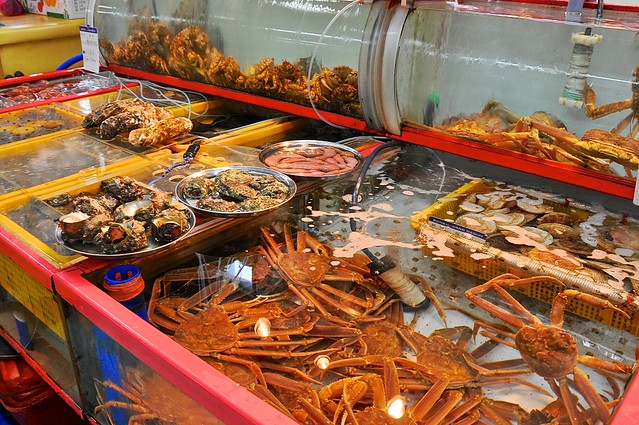



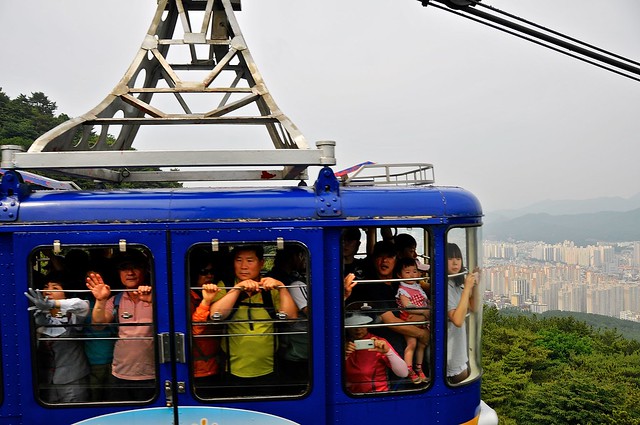

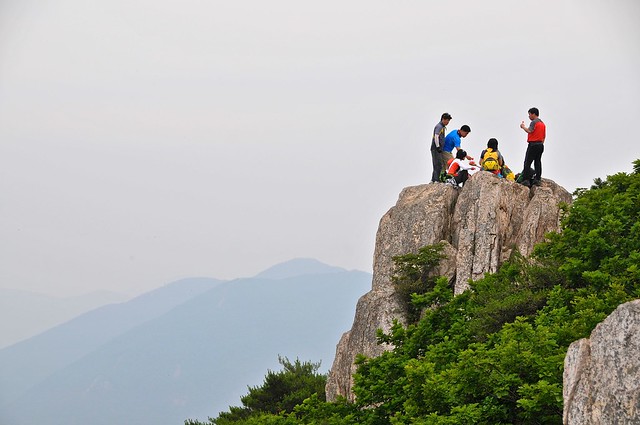




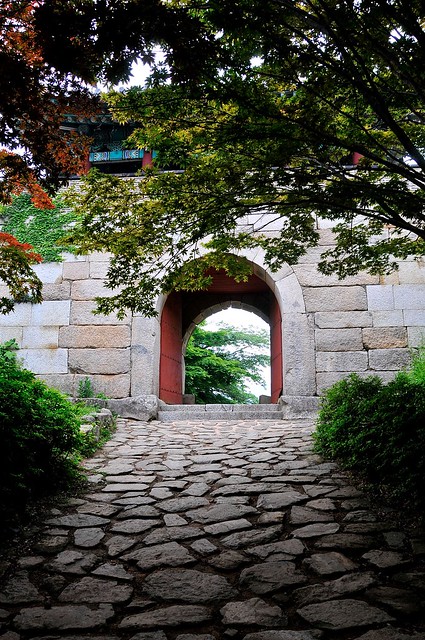
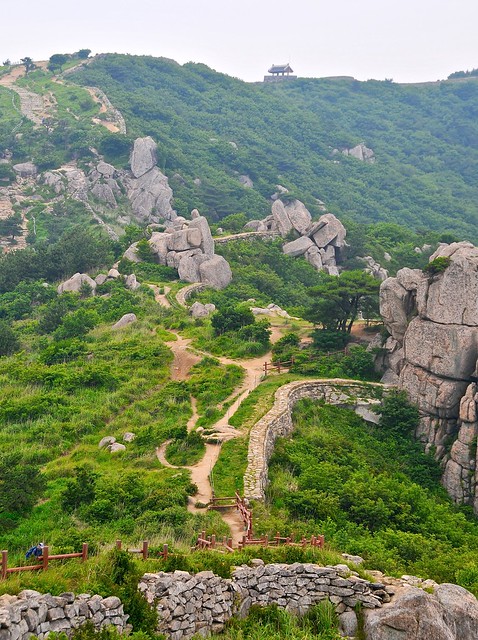
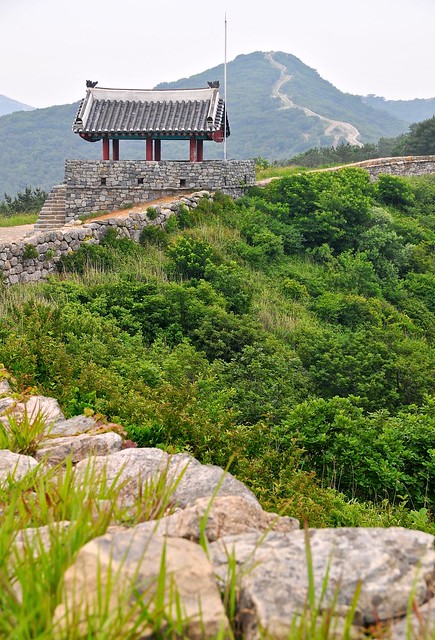
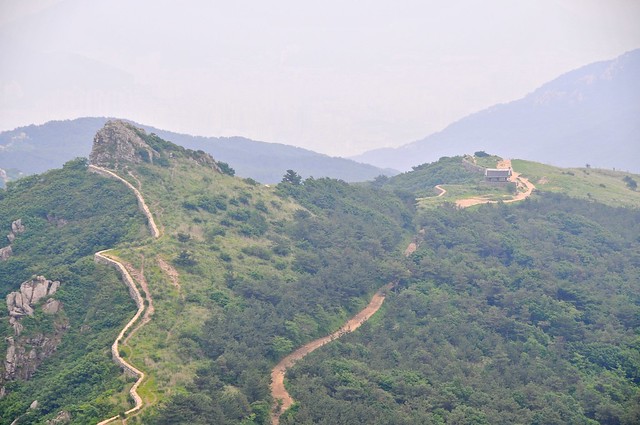
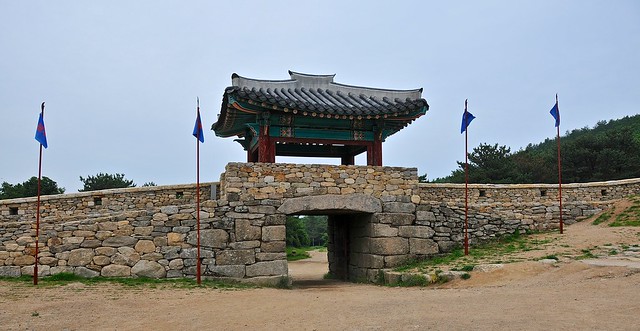



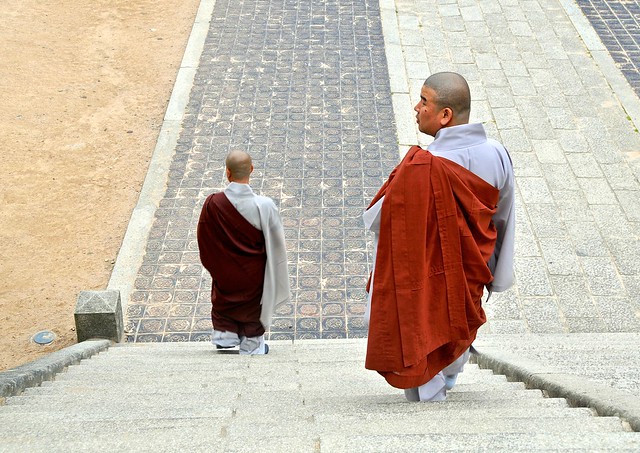
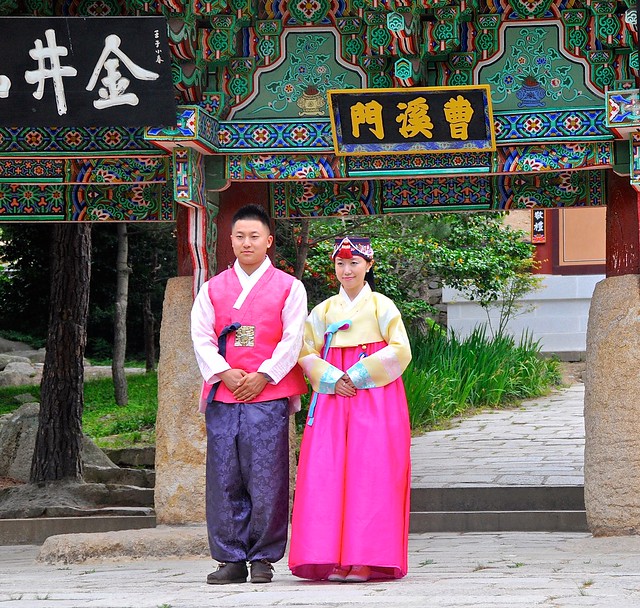

No comments:
Post a Comment